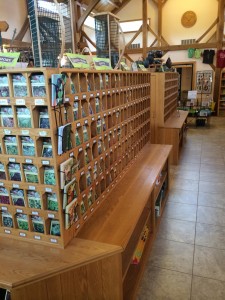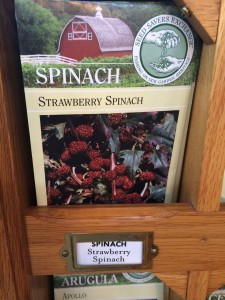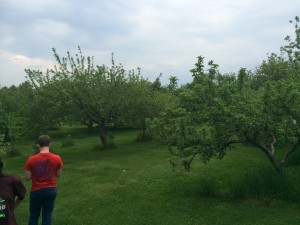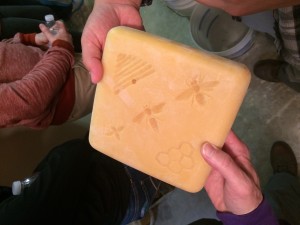The last blog post. Feels kinda weird, but nice to start winding down a little bit. This is meant to be a overall experience posting summing up my feelings and really what I’ve learned and gained from this experience. First off, I got exactly what I hoped. I heard from farmers and ranchers of all varieties their opinions about agriculture, how to farm, research, farming processes, ethanol, and every food or farming based topic imaginable. Even a few non-agricultural topics like child care and global climate change. I also got to hear similar opinions from politicians, activists, farmer groups, and businesses involved in agriculture. The reason I wanted to hear all of this is because I’m a sustainability major which thrives on its interdisciplinary structure and critical thinking development. I wanted to learn more about agriculture and although I’m seeing both sides of agriculture in my major, I’m definitely seeing a bit more of one and seeing it as an outsider, suburban, environmentalist. Being here put me at the forefront with seeing our food production from the inside. I’ve learned some common misconceptions (such as corn being “used up” after going to the ethanol plant) about the food system and much more importantly for me the opinions of those involved with agriculture first hand; the people who provide us and the world with food. This course helped me realize how complicated farming is between the legislature, economics, logistics, media, and unknowables such as weather or market prices which means that lots of farmers guessing on the future. I’ve realized how advanced farming is, and for some reason one of the most surprising things for me is how accepting farmers are of differences. Very few farmers on the conventional or sustainable agriculture side said that everyone should do things their way or that they had argued with others. Most of them said they knew people and were friends with a number of those on the other side of this spectrum and that we need all types of food from organic to GMOs to grass fed so that people have as many options as they like. Don’t get me wrong, everyone still defended the value in their view and did believe they should continue in their method, but i suppose the two sides are often pitted against each other while farmers themselves rarely debate it as the media and even scientists often do.
This trip made me realize that there’s a lot of media attention on food, how it’s grown, it’s safety, and the environmental issues involved. Conventional agriculture can undoubtedly be better for the soil than organic agriculture depending on the organic farm and the conventional one. That’s something I would not have thought to say before this trip. Even without listening to the news and TV just overhearing some of the commonly held beliefs among friends at school has imprinted some ideas for me about food many of which have no scientific grounding. This trip has made me realize that some things need to be looked at through science even when it is talked about so much that you begin to think there was a scientist who said it. Not only that, but it has reinforced my belief that science needs to be translated to the public for it to be really useful, and even in that case science can’t make claims that all areas will experience the same results and will either have to test multiple areas to account for that or just acknowledge it. I feel like this trip has resurfaced some of the things which got me interested in sustainability science and the complexities within it while also giving me a considerable appreciation for what farmers do for us every day. I’ll probably think twice before believing things I hear without evidence, and I will be sure to go through some of my own ideas around agriculture to see whether they’re well founded or not, especially if I intend to speak about them.






